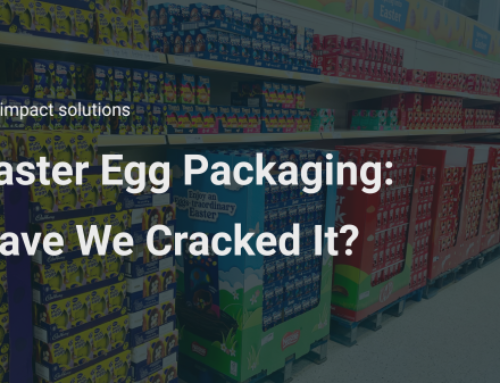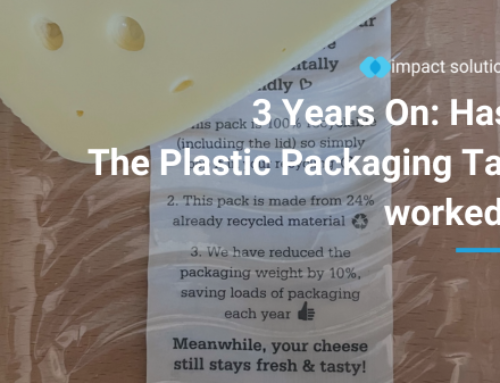Today plastics have become such an ingrained and controversial part of our everyday lives, but just how did it get to this point? Where did they come from and how did this start?
Plastics, also known as polymers, are made and derived from converting natural products. Plastics came around in the 1800s, due to the need for a suitable replacement for certain materials, such as ivory. John Wesley Hyatt took on a job to find a substitute for ivory, with New York Firms offering up to $10,000 to anyone that could do so. Due to the rising need for the material but also the inhumane method of retrieving such material, it was not sustainable. He treated cellulose, derived from plants and trees, with chemicals, resulting in the first plastic. This was revolutionary. It was durable and able to be moulded to a wide variety of uses. This helped to limit the need for materials like ivory and tortoise shells, which had become scarce. Activists considered plastic to be a godsend for wildlife.
It was a while before synthetic polymers were created. These were created with the use of materials that were held in abundances, such as coal, salt, natural gas, and crude oil. The hydrocarbons present in these materials were the start of synthetic polymers. Crude oil is perhaps the most common natural material used in the creation of synthetic polymers and the most accessible. Crude oil is processed, through distillation, to allow it to be broken down into fractions. It is one of these fractions that is vital in the process of creating plastics.
Plastics have developed fast over the last two centuries, becoming an ingrained part of our society. It started out with the need for a material that wouldn’t have the same limitations for product production, but in the 1900s, with materials like ceramics, glass, and ivory still being used, plastic became a word associated with cheap knockoffs and became an industry that people didn’t want to be tied to. Despite this, plastics can be lightweight and durable, material properties that were still highly sought after. It was soon realised that plastics helped boost material wealth and set aside the damage that needed to be done to access materials, without harming nature.
Therefore, plastic began to thrive with more variations being created such as Bakelite, created by Leo Baekeland. Bakelite was to be a synthetic variation for electrical insulation. It ended up being a more than suitable replacement but was perfectly able to meet the ever-growing demand. It was a versatile material that was able to be used for much more than just the purpose it was intended for.
The demand for plastics continuously grew, but became a necessity during the second world war, due to natural resources being more precious than ever. This was the time that plastics were really revolutionised, being used for everything from food to weapons. After the war, plastics had been so dependable, that the production continued, reaching highs that they never had.
Now, plastics are cheap and abundant, to the point, it is hard to find a product without at least a little bit of plastic.
To learn more about plastic and why it is important, head to our Plastic Free July blog.
To learn more, be sure to follow us on Twitter, LinkedIn and Facebook.





